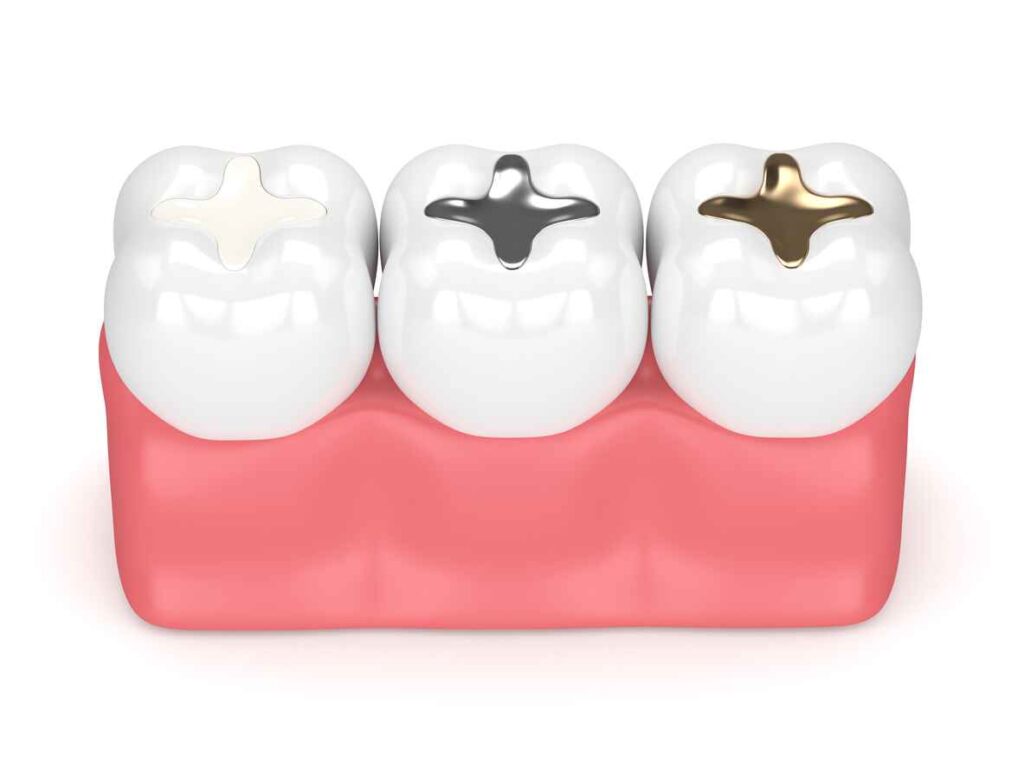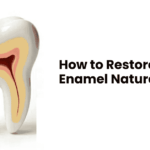When you get a dental filling, your dentist typically administers local anesthesia to numb the area around the tooth. This numbing effect ensures that you don’t feel pain during the procedure. However, once the work is completed, many people are left wondering how long the numbness will last and whether they can do anything to make it wear off faster.
Numbness from a filling is generally temporary, but the duration varies based on the type of anesthetic used, the location of the filling, and individual metabolism. While it’s a normal part of the recovery process, prolonged numbness can feel uncomfortable or inconvenient. This article will explore how long dental numbness lasts, factors that influence its duration, and tips to speed up its effects.
How Long Does Numbness Last After a Filling?
On average, dental numbness lasts between 2 to 4 hours, but in some cases, it may persist up to 6 hours. The duration depends on multiple factors, including the type of anesthetic used and the area being treated.
Factors Affecting Numbness Duration
- Type of Anesthetic Used – Lidocaine, Articaine, and Bupivacaine each have different durations of effectiveness.
- Location of the Filling – Numbness in the lower jaw often lasts longer due to deeper nerve placement.
- Dosage of Anesthetic – Higher doses result in longer-lasting numbness.
- Metabolism and Blood Circulation – People with faster metabolism or better blood circulation may regain sensation more quickly.
- Individual Sensitivity – Some people are naturally more sensitive to anesthesia and may experience prolonged effects.
Also Read: Why Does My Tooth Filling Hurt After Months?
Why Does Numbness Last So Long After a Filling?

Local anesthetics work by blocking nerve signals from reaching the brain, preventing pain sensations. The effects wear off as the body metabolizes and eliminates the anesthetic through blood circulation.
Fillings in the lower jaw (mandibular region) tend to have longer-lasting numbness because the nerves in this area are larger and require stronger anesthesia. On the other hand, fillings in the upper jaw (maxillary region) usually wear off faster because the nerves are smaller and closer to the surface.
If your numbness lingers longer than expected, it could be due to temporary nerve irritation from the injection. This is typically not a cause for concern and resolves on its own within a few hours to a day.
Also Read: How to Restore Tooth Enamel Naturally
How to Make Numbness Go Away Faster After a Filling
While numbness will wear off naturally, there are ways to speed up the process and regain sensation in your mouth faster.
1. Engage in Light Physical Activity
Movement increases blood circulation, which helps break down and remove the anesthetic from your system. A short walk, stretching, or mild activity can help accelerate the numbing effect’s dissipation.
2. Massage the Affected Area (Gently)
Massaging the outside of your cheek or jaw (without applying pressure directly on the numb area) can promote blood flow and speed up recovery. Avoid pressing too hard, as this may cause discomfort.
3. Stay Hydrated
Drinking plenty of water or fluids can help flush out the anesthetic more quickly. Try sipping on:
- Plain water (best option)
- Warm herbal tea
- Electrolyte-rich drinks like coconut water
Avoid hot beverages while still numb to prevent accidental burns.
4. Apply a Warm Compress
Using a warm (not hot) compress on the numbed area can help stimulate circulation and encourage the anesthetic to dissipate. Hold a warm washcloth or heating pad against your jaw or cheek for 10-15 minutes.
5. Try Chewing (With Caution)
Chewing helps activate your facial muscles, increasing blood flow. If your numbness is mild, try chewing soft foods like yogurt or bananas. Be careful to avoid biting your tongue or cheek.
6. Ask Your Dentist About Oraverse
Some dentists offer Oraverse, a reversal agent that neutralizes anesthesia faster. If you experience prolonged numbness often, ask your dentist whether this option is available.
Also Read: Cavity on Side of Tooth: Causes, Symptoms, and Treatment
When to Be Concerned About Prolonged Numbness
Most cases of dental numbness resolve within a few hours, but in rare cases, it may last longer. You should contact your dentist if:
- Numbness persists for more than 6 hours after your procedure.
- You experience tingling, pain, or burning sensations once numbness wears off.
- Your mouth remains numb for a full day or longer.
Prolonged numbness could indicate temporary nerve irritation or, in rare cases, nerve damage. While nerve injuries are uncommon, they do occur in certain dental procedures, especially if the injection site was close to a nerve. If you suspect prolonged numbness beyond 24 hours, schedule a visit with your dentist for further evaluation.
How Long Does Numbing Last for Different Dental Procedures?
Numbness duration varies based on the type of dental work performed.
- Small cavity filling – Numbness typically lasts 2 to 3 hours.
- Deep cavity filling or multiple fillings – May last 4 to 6 hours.
- Root canal treatment – Numbness can persist for up to 6 hours or longer.
- Tooth extraction – Can result in 6 to 8 hours of numbness, especially if a stronger anesthetic was used.
If you undergo a complex procedure, expect numbness to last longer than usual.
FAQs About Numbness After a Filling
Conclusion
Numbness after a dental filling typically lasts 2 to 4 hours, but in some cases, it may persist up to 6 hours. Factors such as the type of anesthetic used, the location of the filling, and individual metabolism affect how long the numbing effect remains.
While numbness will wear off naturally, you can speed up the process by staying hydrated, engaging in light activity, using a warm compress, and chewing cautiously. If numbness lasts beyond 6 hours or is accompanied by discomfort, contact your dentist for further evaluation.
By understanding how dental numbing works and knowing how to manage it, you can make your post-filling experience more comfortable and stress-free!
Disclaimer: The content on Wellness Derive is for informational purposes only and not a substitute for professional medical advice, diagnosis, or treatment. Always consult a healthcare provider for medical concerns.



